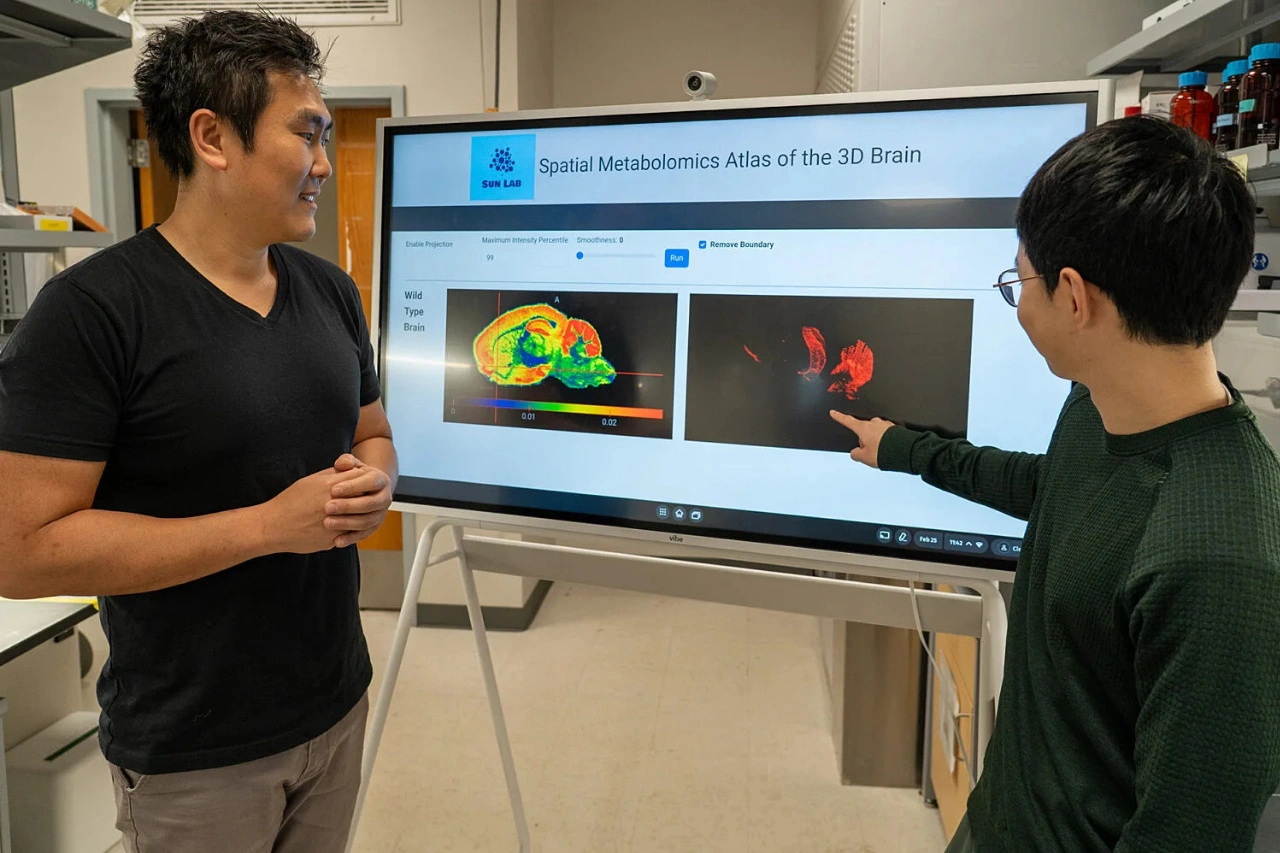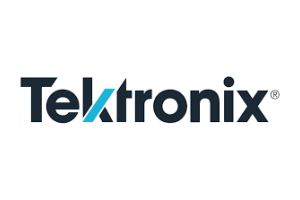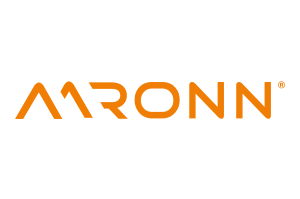Navigating like in Google Earth
Against Alzheimer's: AI Creates 3D Map of the Brain
Zoom in, zoom out: Researchers from Florida have developed a novel AI-supported tool that creates high-resolution 3D maps of mice brains. The MetaVision3D software promises new insights into neurodegenerative diseases and should help to develop targeted therapies.
Even though thousands of scientists around the world are conducting research with a lot of money - Alzheimer's and Parkinson's are not yet curable. The new AI-supported tool MetaVision3D from the University of Florida is intended to support the search for effective therapies with new perspectives deep inside the human skull.
Developed by a team of researchers led by Dr. Ramon Sun, the tool allows doctors and scientists to navigate through the brain like Google Earth - from a bird's eye view down to the molecular level. The ground-breaking technology generates high-resolution 3D maps of the mouse brain and makes it possible to zoom in to the smallest detail and examine the distribution of molecules responsible for energy production and brain function.
Technological Quantum Leap in Brain Research
Dr. Sun compares the leap from 2D to 3D representations of the brain to the transition from flip phones to smartphones. To achieve this advance, his team scanned 79 brain slices layer by layer using a state-of-the-art imaging device. This identified and counted molecules such as fats and carbohydrates that are essential for brain function.
The team then used artificial intelligence to align these images and assemble them into a complete 3D model of the brain metabolome. The metabolome comprises thousands of molecules that provide energy for brain functions. The AI tool creates a precise spatial organization and distribution of thousands of metabolites in the brain, with an accuracy of spatial mapping between 95% and 99%.
New Perspectives for Alzheimer's Research
The development of MetaVision3D brings scientists a big step closer to a comprehensive understanding of the role of metabolism in Alzheimer's and other neurodegenerative diseases. As a proof-of-principle, the team created an interactive 3D atlas of both normal mouse brains and mouse models for Alzheimer's disease and Pompe disease, a rare genetic disorder.
| »With our methodology, we can map thousands of molecules in the brain and localize exactly where they are located in each brain region. This is unprecedented.« |
|---|
| Dr. Ramon Sun, Director of the »Center for Advanced Spatial Biomolecule Research«, University Florida |
To promote medical research, Dr. Sun's laboratory has made its database and web server publicly accessible. This will help scientists worldwide to explore the connections between metabolism and the mind.

Outlook for Targeted Neuro-Treatments
The precision and detail of the 3D maps open up new possibilities for the development of targeted treatments. In the future, researchers could combine the mapping tool with established MRI imaging techniques and genetic analyses to develop therapies that precisely target specific areas of the brain. In contrast to current treatments, this should prevent healthy areas of the brain from being affected.
The development of MetaVision3D marks a turning point in brain research. The ability to map and visualize the brain at a molecular level is likely to open a new chapter in the understanding and treatment of neurodegenerative diseases. (uh)





